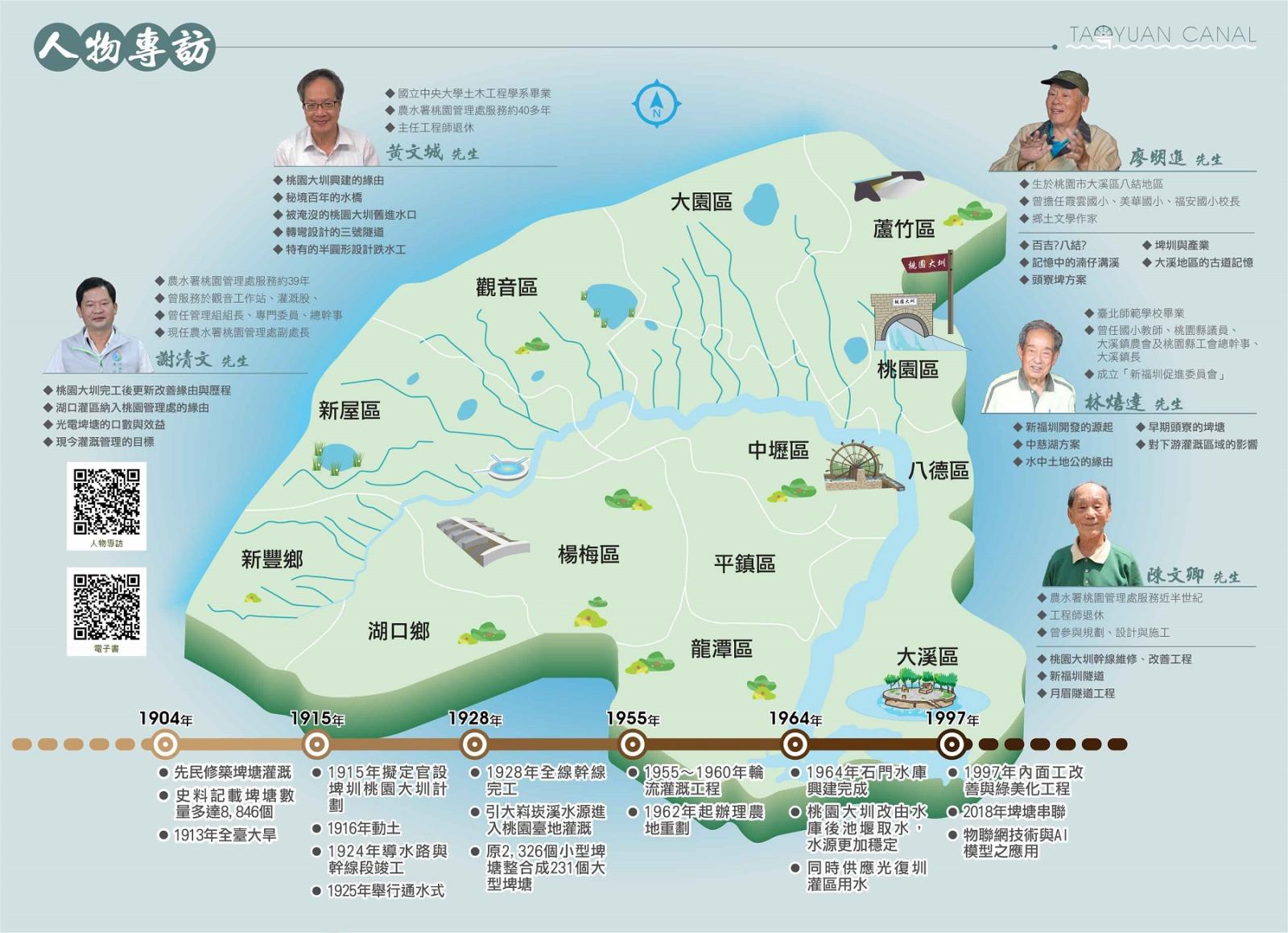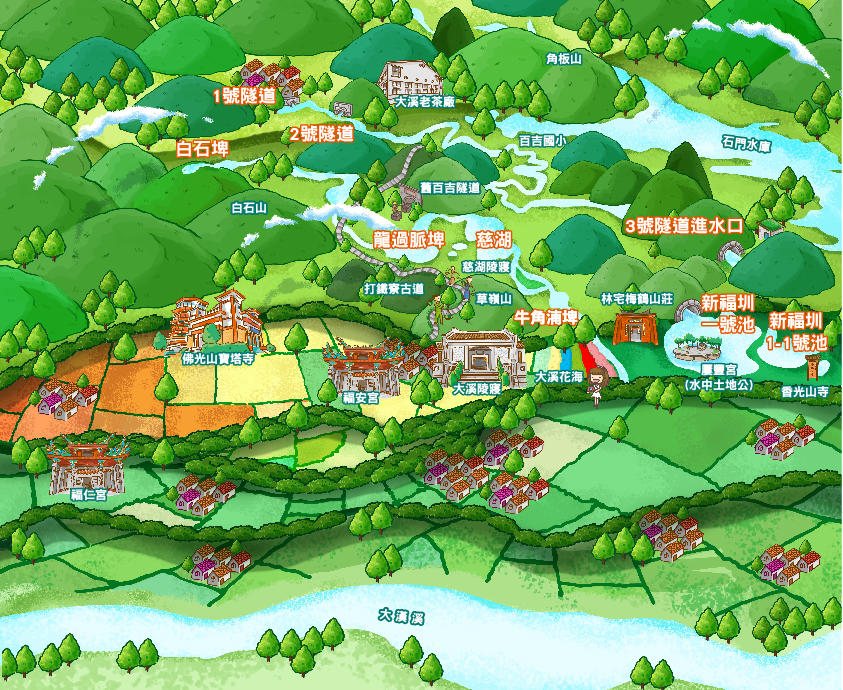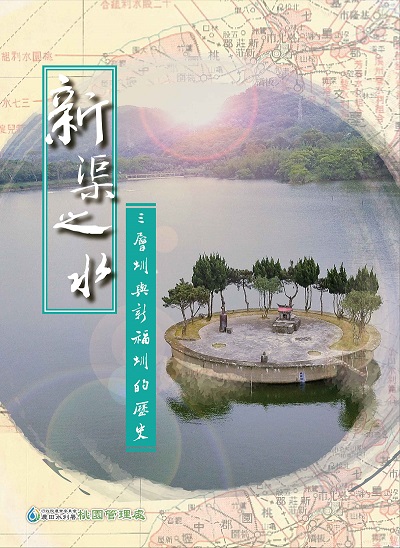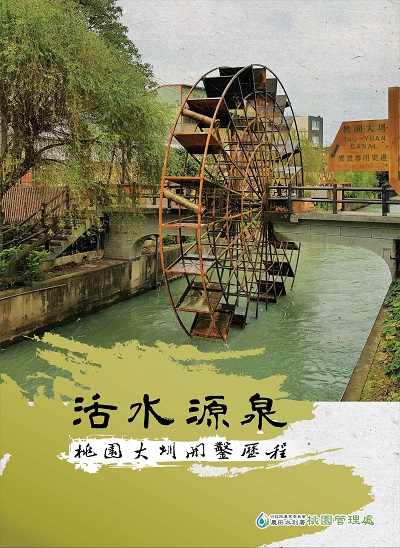Video
Background
“Century-Old Canals, Generational Heritage” is one of the government's recent policy directions. To promote the revitalization of historical irrigation canals, our office has focused on the Taoyuan Main Canal, the largest irrigation system with over 100 years of history in the area, and the Xinfu Canal, which was independently designed, planned, and constructed by local engineers. By compiling digital archives, historical materials, and interviews with senior water conservancy staff and local elders, we have published two monographs: "Living Water Source - The Excavation Journey of the Taoyuan Main Canal" and "New Canal Waters - The History of Sanceng Canal and Xinfu Canal." These publications aim to foster public recognition of the irrigation culture and its significance, ensuring the legacy of these canals flows through generations.
Monographs of “Century-Old Canals, Generational Heritage”
New Canal Waters - The History of Sanceng Canal and Xinfu Canal
Click on the book cover to open the eBook.
Taoyuan Main Canal Irrigation Area Map

The Taoyuan Main Canal irrigation system
The Taoyuan Main Canal irrigation system primarily draws water from the Shimen Reservoir. Water is channeled through leading channels, main lines, lateral canals, sub-lateral canals, and intake routes into ponds for irrigation. The leading channels stretch 18 km, the main lines 25 km, and lateral canals and sub-lateral canals total 141 km. There are 12 branch irrigation zones: The 1st lateral canal irrigates the Taoyuan and Nankan areas. The 2nd lateral canal serves the Luzhu and Dayuan areas. The 3rd to 8th lateral canals cover the Zhongli City, Guanyin, and Dayuan areas. The 9th to 12th lateral canals irrigate the Guanyin and Xinwu areas.
Interviewee Profile
A graduate of the Department of Civil Engineering at National Central University, Mr. Huang served at the Taoyuan Management Office of the Irrigation Agency for approximately 40 years, retiring as Chief Engineer. Interview Outline:
- Reasons for the Construction of the Taoyuan Main Canal
- The Century-Old Hidden Water Bridge
- The Submerged Old Intake of the Taoyuan Main Canal
- The Design of the Turning No. 3 Tunnel
- The Unique Semi-Circular Drop Structure Design
Mr. Hsieh served at the Taoyuan Management Office of the Irrigation Agency for approximately 39 years. His roles have included positions at the Guanyin Workstation, in irrigation, as Head of the Management Section, Specialist Commissioner, and Secretary-General. He is currently the Deputy Director of the Taoyuan Management Office. Interview Outline:
- Reasons and Processes Behind the Updates and Improvements After the Completion of the Taoyuan Main Canal
- Reasons for Incorporating the Hukou Irrigation District into the Taoyuan Management Office
- Number and Benefits of Photovoltaic Ponds
- Current Irrigation Management Goals
Born in the Bajie area of Daxi District, Taoyuan City, Mr. Liao was the former principal of Hsia-Yun Elementary School, Meihua Elementary School, and Fu-An Elementary School. He is also a local literature writer. Interview Outline:
- Baiji or Bajie?
- Ponds and Industry
- Memories of Nanzai Stream
- Ancient Pathways of the Daxi Area
- Touliao Pond Project
A graduate of Taipei Normal School, Mr. Lin was a former elementary school teacher, Taoyuan County Councilor, Secretary-General of the Daxi Township Farmers' Association and Taoyuan County Trade Union, Mayor of Daxi Township, and founder of the "Xinfu Canal Promotion Committee." Interview Outline:
- Origins of Xinfu Canal Development
- Early Ponds in Toudiao
- The Zhongci Lake Project
- Impact on Downstream Irrigation Areas
- The Story Behind the Water Earth God
Mr. Chen served at the Taoyuan Management Office of the Irrigation Agency for nearly half a century before retiring as an engineer. He participated in planning, design, and construction. Interview Outline:
- Main Line Maintenance and Improvement Projects of the Taoyuan Main Canal
- The Xinfu Canal
- Yuemei Tunnel Project
Chronological Records
- Early settlers constructed ponds for irrigation.
- Historical records indicate a total of 8,846 ponds.
- Severe drought across Taiwan in 1913.
- Official proposal for the Taoyuan Main Canal project in 1915.
- Groundbreaking ceremony for 846 ponds in 1916.
- Completion of the leading channels and main lines in 1924.
- Official inauguration ceremony in 1925.
- Completion of the entire main line in 1928.
- Diverted water from the Takoham River into the Taoyuan Plateau for irrigation.
- Consolidation of 2,326 small ponds into 231 large ponds.
- Rotational irrigation projects from 1955 to 1960.
- Commencement of farmland consolidation in 1962.
- Completion of Shimen Reservoir in 1964.
- The Taoyuan Main Canal began drawing water from the reservoir's afterbay, providing a more stable water source.
- Started supplying water to the Guangfu Canal irrigation area.
- Improvement of lining and greening projects in 1997.
- Interconnection of ponds in 2018.
- Application of IoT technology and AI models.
Map of Sanceng Canal and Xinfu Canal

The Sanceng area in Taoyuan belongs to the Daxi irrigation zone, located upstream of the Taoyuan irrigation system in Daxi District. The Daxi area is primarily characterized by river terrace terrain, intersected by the Dahan River. The current pond and canal system in the Sanceng area consists of two main parts:
- Sanceng Canal Water System: Originates from Baishi Pond in Xinfeng Village, Daxi District, Taoyuan City. Flows sequentially through Sanceng Canal into Longguomai Pond (also known as Back Cihu), Cihu (also known as New Pond), and Niujiaonan Pond.
- Xinfu Canal Water System: Starts at the water intake of Xinfu Canal Tunnel No. 1 in Sanmin Village (Shuiliudong), Fuxing District, Taoyuan City. Passes through Tunnel No. 1, Tunnel No. 2, Nanzai Stream, and Tunnel No. 3. Finally flows into Xinfu Canal Pond No. 1 and Xinfu Canal Pond No. 1-1. The irrigated area includes the current Upper Sanceng and Lower Sanceng Canal groups.

